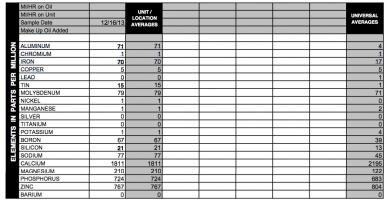- Apr 30, 2013
- 199
Okay, so I have had this for a while now, it's been doing it since I bought the truck at 90k about 4 months ago. It recently got louder when I changed my oil to Valvoline full synthetic from Castrol High Mileage synthetic blend, and I used an ACDelco filter. I know Captain has had success with getting rid of this noise, or something similar, and it's annoying the heck out of me. Every mechanic I have asked says "Oh that's normal, probably a piece of carbon somewhere or something" and it didn't really diagnose OR suggest on how to solve it. Ignore the directional sound from my phone, its jacked up so just focus on the actual sound  I know that it's not a rod knock or spun bearing or anything because it goes away at higher RPMs but sounds EXTREMELY, i mean EXTREMELY like a diesel at around 1k-1,500 RPM. So here is the vid (I posted this on someone else's thread but I don't want to hijack it so I'm starting a new one)
I know that it's not a rod knock or spun bearing or anything because it goes away at higher RPMs but sounds EXTREMELY, i mean EXTREMELY like a diesel at around 1k-1,500 RPM. So here is the vid (I posted this on someone else's thread but I don't want to hijack it so I'm starting a new one)
[video=youtube;9cD4LIMPYuY]http://www.youtube.com/watch?v=9cD4LIMPYuY[/video]
 I know that it's not a rod knock or spun bearing or anything because it goes away at higher RPMs but sounds EXTREMELY, i mean EXTREMELY like a diesel at around 1k-1,500 RPM. So here is the vid (I posted this on someone else's thread but I don't want to hijack it so I'm starting a new one)
I know that it's not a rod knock or spun bearing or anything because it goes away at higher RPMs but sounds EXTREMELY, i mean EXTREMELY like a diesel at around 1k-1,500 RPM. So here is the vid (I posted this on someone else's thread but I don't want to hijack it so I'm starting a new one)[video=youtube;9cD4LIMPYuY]http://www.youtube.com/watch?v=9cD4LIMPYuY[/video]



